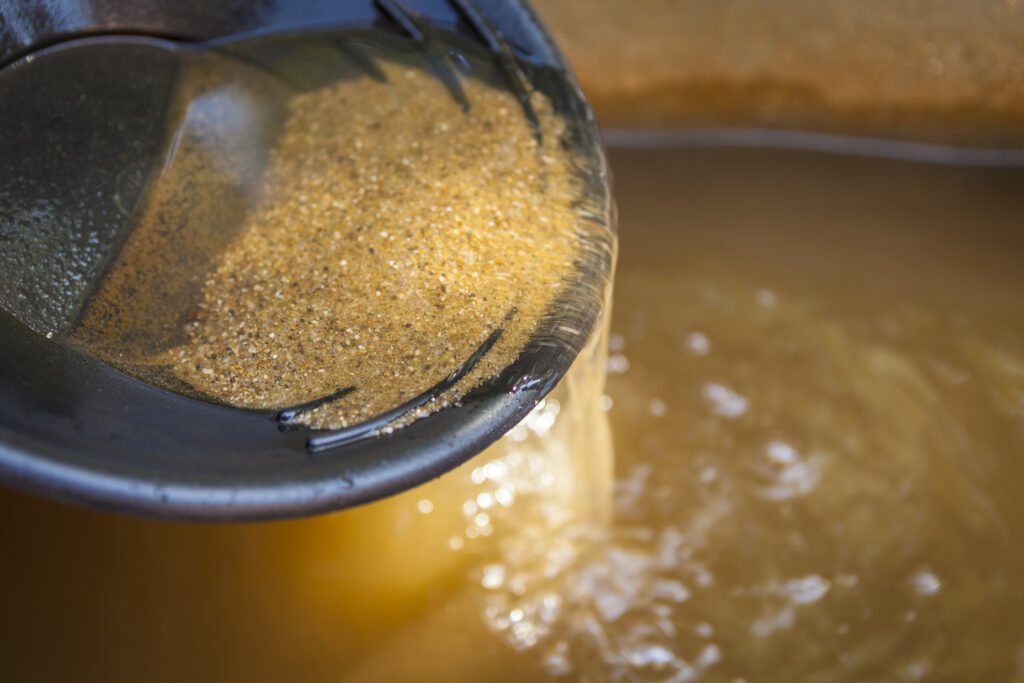On January 24, 1848, James W. Marshall found gold nuggets while at work in the Sacramento valley.
How James Marshall Came To Sutter’s Mill
James Marshall was born on October 8, 1810, to a rural family in New Jersey. After contracting Malaria while working on a farm in Missouri, his doctor recommended he travel west for his health. Marshall eventually ended up at Sutter’s Fort, California, a Mexican territory. The mill, located in the Sierra Nevada, California foothills, was named after its owner John Sutter.
After fighting in the Mexican-American war, James Marshall lost his ranch and source of income. Thankfully, he soon was contracted with James Sutter to build a water-powered sawmill on the South Fork American River bank. Construction began in late August and continued into January, with a lot of Marshall’s team consisting of Native Americans and veterans from the Mormon Battalion heading back to Salt Lake City.
Gold Found!
While excavating part of the river bed on January 24, Marshall discovered gold specks in the water. The crew boiled the flecks in lye soap and then hammered them to test their malleability and discovered it was gold. Later tests proved the gold was at least 23 karats. While Marshall’s focus was still his contracted sawmill, he allowed his crew to pan for gold during their free time.
Marshall’s Later Years
News of the gold quickly spread, and Marshall’s sawmill came to a halt as all able-bodied men began hunting for gold. Hordes of prospectors quickly forced him off the land, and he headed out of town to start a vineyard. However, high taxes and competition caused him to shut it down.
Marshall eventually joined the hunt for gold and became a partner in a gold mine in Kelsey. Unfortunately, no gold was found there, and Marshall became bankrupt.
Despite his involvement in kickstarting the gold rush, Marshall spent his last years living in a small cabin and died penniless.
Fun Facts:
- On January 24, 1848, a mill worker, James W. Marshall, found gold. This discovery sparked the California gold rush, an event that would shape American history in the early years of the 19th century.
- John Sutter was a German-born Swiss citizen and founder of the Nueva Helvetia colony, which would later become the city of Sacramento.
- After the discovery, more than 750,000 pounds of gold were extracted during the California gold rush.
- A few days after Marshall discovered the gold, The Treaty of Guadalupe Hidalgo was signed, effectively ending the Mexican-American war. The treaty also declared California as part of the United States.

